
Visual Art |
Up |
Prev |
Next |
"Orange" the hue is far more than just "Orange" the colour, it also contains "Brown" the colour, which is just as famous and common as Orange itself. This hue contains numerous colours of nature including rich earth, trees, fire, animal fur, fruits, seeds and nuts, as well as various foods including certain cheeses.
There have been various pigments and dyes for orange and brown from the ancient days, so this hue has always been well represented in painting and clothing. Such pigments include: Realgar and Orpiment, both arsenic sulphides. Minium and massicot both obtained from Lead Oxide. These early orange pigments were all poisonous. Brown pigments included Indian Red Oxide, Burnt Sienna & Burnt Umber.
Today there are spectacular bright Oranges available such as: Cadmium Orange, Perinone Orange and Benzimidazolone Orange. The traditional poisonous forms from lead and arsenic are gone but the dark earth colours are as good as ever.
| Parmesan Cheese | Parmesan Cheese | Khaki |
| HSB 30°, 35%, 100% RGB 255, 210, 166 |
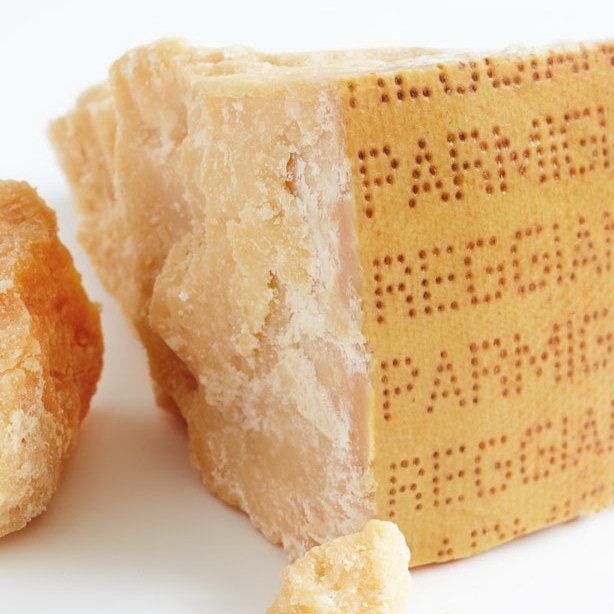 |
 |
| "Parmesan Cheese" is the colour of certain cheeses and dusty deserts, among other things. | Parmesan Cheeses vary in colour, as you would expect from a man-made product made by different manufacturers, but not enough to put them in the adjacent category. | Khaki is the colour of the Thar desert in Pakistan. Originally worn by Indians in the British Indian Army, it was adopted by various armies and other organisations around the world. Many of these armies kept the name "Khaki" but changed the colour to Olive and beyond. The US Navy however, kept reasonably close to the original. Yes, it is not quite the colour of Parmesan Cheese but it is closer to that than the adjacent category which is "Buff". |
| Peanut Butter | Peanut Butter | White Mustard Seed |
| HSB 30°, 60%, 100% RGB 255,178,102 |
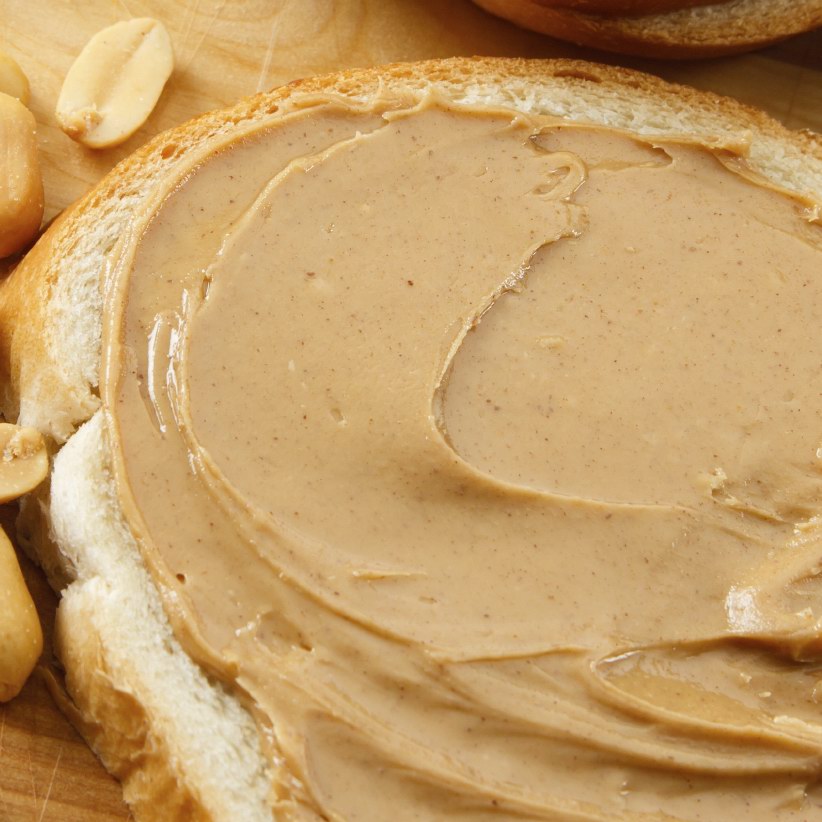 |
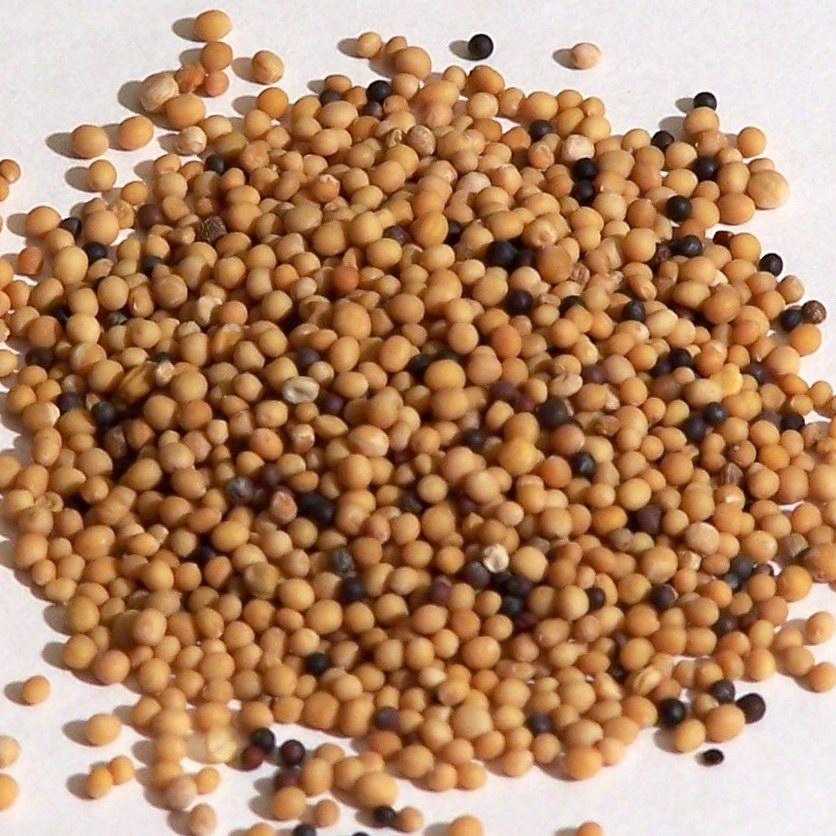 |
| "Peanut Butter" is the colour of various seeds and pastes. | Peanut butters do vary in colour depending on the additives and whether the kernels are pre-roasted. Commercial peanut butters nearly always contain sugar, salt, emulsifiers and stabilisers. | There are other mustard seeds of other colours but these are the seeds of Sinapis alba. Note that the colour of these seeds is different to the colour of the popular mustard paste that you buy in a jar. That is because of the additives. American and English mustard pastes contain turmeric, which gives them a "mustard yellow" colour. |
| Orange | Orange | Marigold |
| HSB 30°, 100%, 100% RGB 255,128,0 |
 |
 |
| "Orange" is named after "Orange" the fruit. It is associated with amusement, the unconventional, extroverts, fire, activity, danger, taste and aroma, sea rescue and autumn. It is also associated with Holland, Hinduism and Buddhism. |
Oranges are the source of the name of this colour and rightly so. Oranges are Orange! | Marigolds have been widely cultivated and vary in colour from this bright orange to a bright yellow. The orange colour is the most common however. |
| Brown | Hazelnut | Coconut |
| HSB 30°, 100%, 65% RGB 166,83,0 |
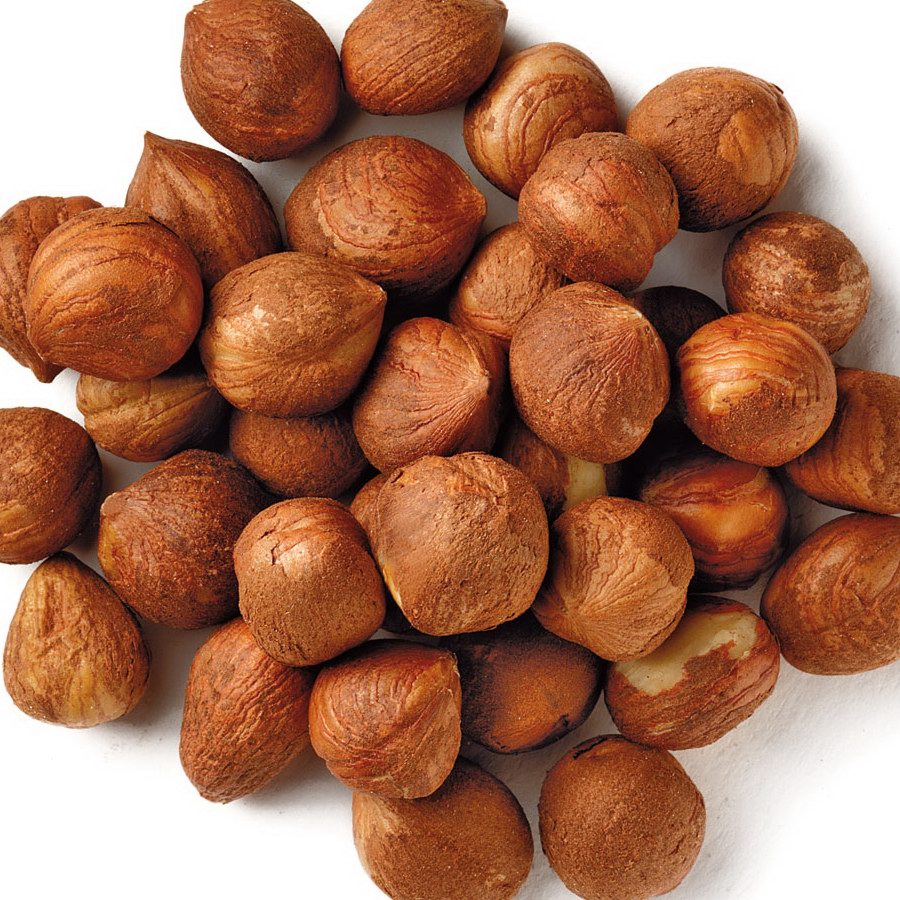 |
 |
| "Brown" is often seen in the colour of wood, soil, nuts and animal fur. Culturally, it is most often associated with plainness, humility, the rustic, and poverty. | Hazelnuts are composed of an outer shell and an inner kernel, both of which are brown. The outer shell may be slightly more orange at times. | Coconuts are widespread throughout the tropics and the plant is incredibly versatile and useful, not just for food. The seed is brown. |
| Dark Brown | Mahogany | Ristretto |
| HSB 30°, 100%, 37% RGB 95, 47, 0 |
 |
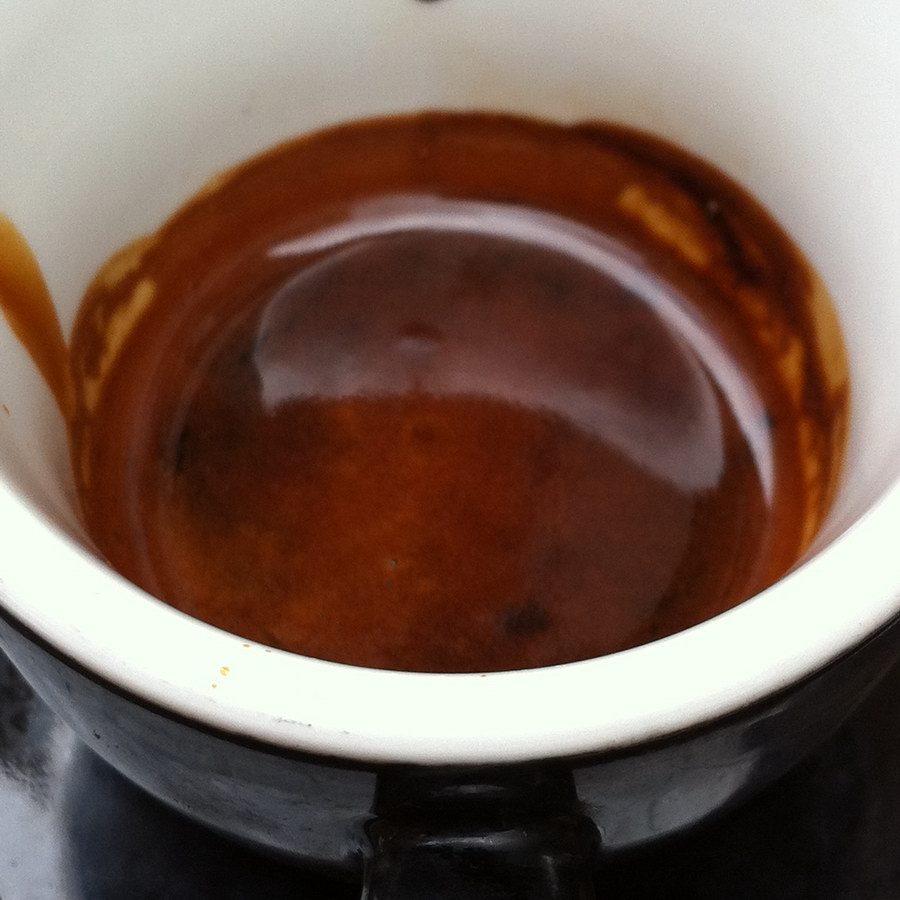 |
| "Dark Brown" is often seen in the colour of wood, soil, animal fur, chocolate and dark-skinned humans. | Mahogany is tropical rainforest timber from the Americas, greatly valued for its straight grain, its durability and its lovely dark brown colour. | A "Ristretto" is the most concentrated form of espresso coffee. The creme on the top is Dark Brown. |